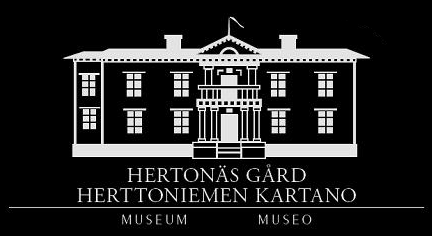In 1688 Petter had married Brita Eriksdotter in Stockholm. He is mentioned as a footman working in the court of the king. When his wife passed away he moved to Finland and the small city of Helsinki. He left the big Stockholm behind but the office caused him to leap forward in his career. As a servant of the crown Wetter had the possibility to influence the trade, but at the same time he could act as a merchant in shady businesses. Wetter’s good relations to his superiors granted him power over the burghers of the city. Disputes were still common and he had to face them in court many times.
In 1694 Wetter married Brita Matsdotter and the family settled outside the city. Wetter had two children, Brita and Abraham (ca 1690-1737). Only nobles could own manors at this time, but Petter’s good income gave him the opportunity to give loans to the nobles and in return, as they could not pay back their loans, he claimed the manors they had put in pledge. Thus Wetter managed to secure three estates in Herttoniemi that had belonged to the family Jägerhorn (Jägerskiöld) before. In 1706 he united them into a bigger estate, Hertonäs manor. A few years later he also took over Käpylä manor and Pukinmäki manor. Thus he became a wealthy man.
Finland was occupied by Russia in the Great Nordic War (1700-1721) and Petter returned to Stockholm, but he moved back to Helsinki again after the war. In 1725 he gave his estates to his son as an allowance. Abraham had recently been elected to mayor of Helsinki. He had remained in Finland in military service during the war and had participated in the defence of Helsinki. Abraham probably built the old wooden main building of Hertonäs manor (it was situated approximately at the present Linnanrakentajantie 16). It was later demolished. When Abraham passed away his father Petter tried to claim the estates back from his grandchildren, but failed in his attempt. His last years were spent in silence.
The researchers have claimed that Petter Wetter was an ambitious opportunist that used shady ways to make his way from the bourgeoisie to the elite. All in all Hertonäs manor grew from smaller estates to a bigger manor during his time. Two streets and a park in Herttoniemi bear the name of the Wetters today: Petter Wetter Park and Petter Wetterin polku in Herttoniemenranta, and Abraham Wetterin tie north of the present area where Hertonäs manor is situated.
Sources:
Aalto, Seppo 2016: Kauppiaita ja laivanvarustajia. Helsinkiläisten elämä Ruotsin aikana 1550-1809. Siltala: Helsinki.
Hahn, Petrus Olai 1699: De gustu (dissertation). Aboa, (last seen 7.2.2021).
Backman, Sigbritt 2017: Hertonäs gård. Från säterier till museum. SOV: Helsingfors.
